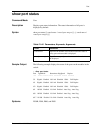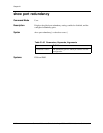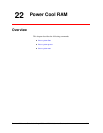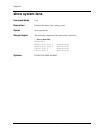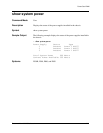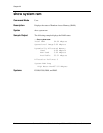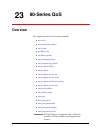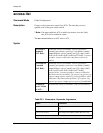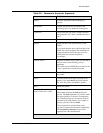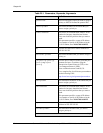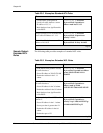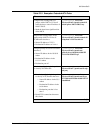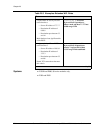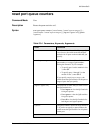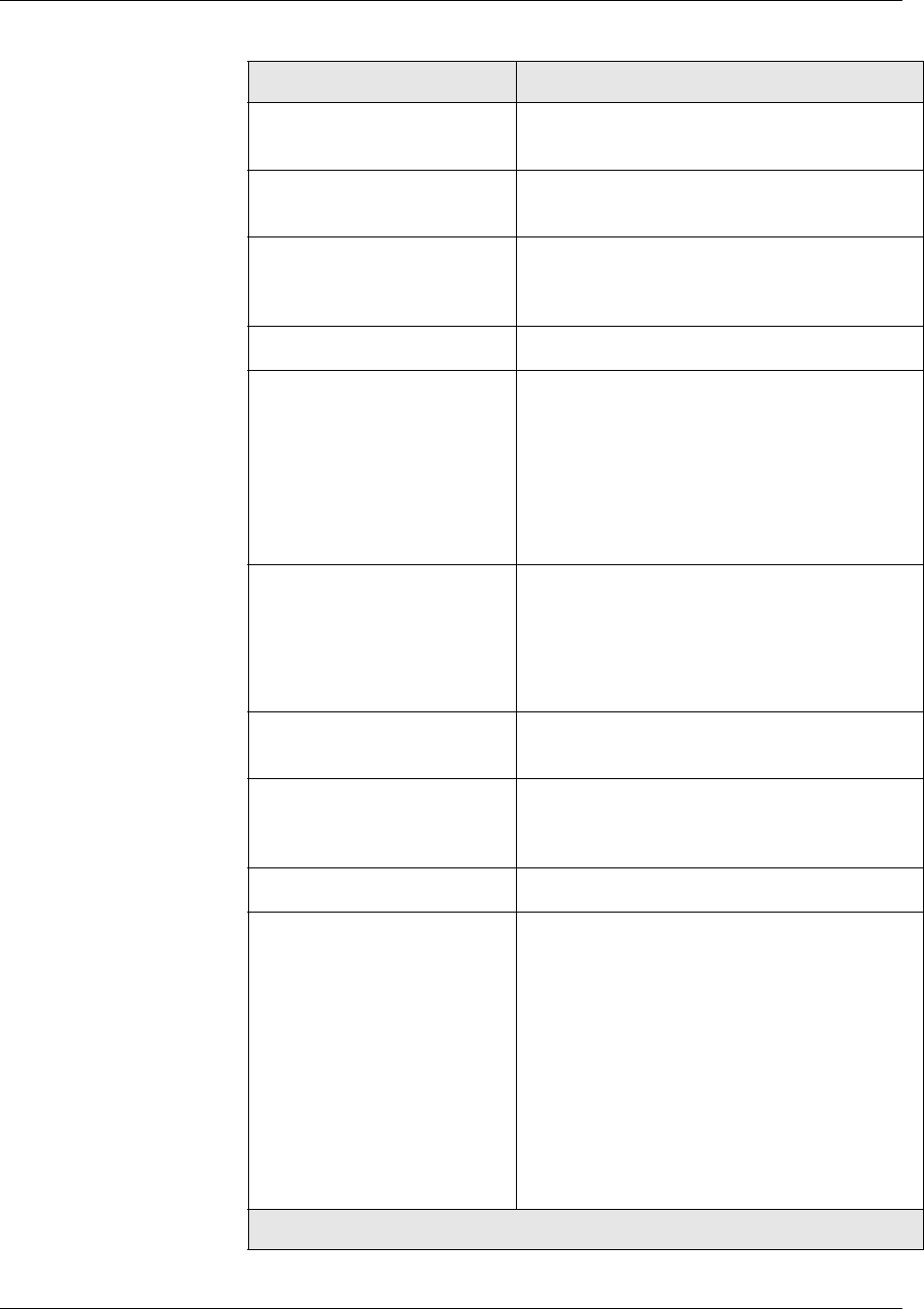
Document No. 10-300090, Issue 1 23-3
80-Series QoS
permit Forwards the packet without changing its
priority.
use-priority Assigns the priority that you define in the
following <priority> parameter to the packet.
<priority> The priority that you want to assign to packets
that match this ACL. Enter a number between 0
and 7.
use-diffserv Classifies traffic by the DSCP in the packet.
[mask] Masks the three least significant bits of the
DSCP.
If you mask the three least significant bits of the
DSCP, the switch recognizes the remaining bits
as the precedence field of the type of service
(TOS) field and classifies the packets
accordingly.
remark-diffserv Replaces the DSCP in the packet with the DSCP
that you enter for the following <dscp>
parameter.
The switch uses the DSCP that you enter for the
<dscp> parameter to classify the packet.
<dscp> The DSCP that you want to replace the DSCP of
the packet.
use-l2 Classifies traffic by the layer 2 priority of the
packet. If you enter use-l2, the switch ignores
the ACL rule priority and DiffServ priority.
deny Blocks the packet.
fwd1 | fwd2 | fwd3 | fwd4 |
fwd5 | fwd6 | fwd7 | fwd8
The priority that you want to set.
The number following the fwd specifies the
priority. The fwdx
arguments are 1-based, while
the queue priorities are 0-based. Consequently,
the 1-based priorities are converted to 0-based
priorities by the QoS features. For example, to
specify a priority of 0, enter fwd1.
These keywords are retained from earlier
versions of software for backward compatibility.
The use-priority <priority> keyword and
argument serve the same function.
Table 23-1. Parameters, Keywords, Arguments
Name Definition
2 of 4



